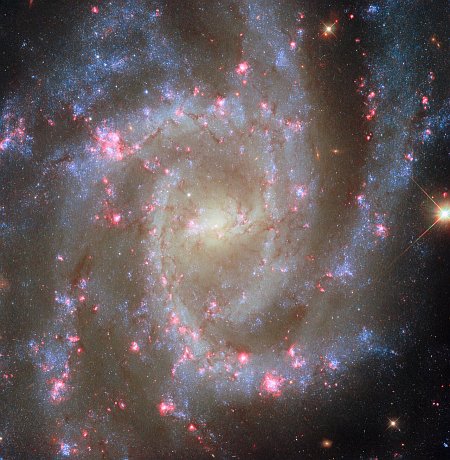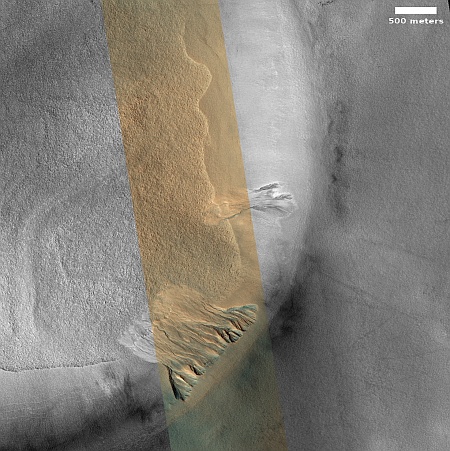Oh by the way, the FAA has approved the August 24th launch of Starship/Superheavy

Increasingly irrelevant in the right places
My headline reflects the sense of utter irrelevance of the FAA in announcing its approval of the launch licence for the tenth test launch of Starship/Superheavy (now scheduled for August 24, 2025) as well as its “closing” of its “investigation” into the failure during test flight nine.
As per the FAA in its statement, “There are no reports of public injury or damage to public property. The FAA oversaw and accepted the findings of the SpaceX-led investigation. The final mishap report cites the probable root cause for the loss of the Starship vehicle as a failure of a fuel component. SpaceX identified corrective actions to prevent a reoccurrence of the event.”
The FAA did not “oversee” SpaceX’s investigation. No one at the FAA has the slightest qualifications for doing so. All its bureaucrats did is sit in and watch, and when SpaceX’s engineers completed their work and “identified corrective actions,” the FAA paper-pushers pushed some paper to rubber stamp those conclusions.
Moreover, unlike during the Biden administration, the FAA did not waste any time or money retyping the SpaceX investigation. They simply approved it as is, and issued the launch license. And they apparently instantly agreed to the schedule proposed by SpaceX. In fact, it appears almost as if SpaceX announced the date before the FAA announced the license approval.
Elections matter. And they would matter less if we had had the sense in the past century to not cede so much power to an unelected federal bureaucracy that is really unfit to do the work we gave them. The goal now should be to take that power away from them, and to do it as quickly as it is humanely possible.
It appears at least when it comes to FAA launch licenses, Trump has made some significant progress towards this goal.

Increasingly irrelevant in the right places
My headline reflects the sense of utter irrelevance of the FAA in announcing its approval of the launch licence for the tenth test launch of Starship/Superheavy (now scheduled for August 24, 2025) as well as its “closing” of its “investigation” into the failure during test flight nine.
As per the FAA in its statement, “There are no reports of public injury or damage to public property. The FAA oversaw and accepted the findings of the SpaceX-led investigation. The final mishap report cites the probable root cause for the loss of the Starship vehicle as a failure of a fuel component. SpaceX identified corrective actions to prevent a reoccurrence of the event.”
The FAA did not “oversee” SpaceX’s investigation. No one at the FAA has the slightest qualifications for doing so. All its bureaucrats did is sit in and watch, and when SpaceX’s engineers completed their work and “identified corrective actions,” the FAA paper-pushers pushed some paper to rubber stamp those conclusions.
Moreover, unlike during the Biden administration, the FAA did not waste any time or money retyping the SpaceX investigation. They simply approved it as is, and issued the launch license. And they apparently instantly agreed to the schedule proposed by SpaceX. In fact, it appears almost as if SpaceX announced the date before the FAA announced the license approval.
Elections matter. And they would matter less if we had had the sense in the past century to not cede so much power to an unelected federal bureaucracy that is really unfit to do the work we gave them. The goal now should be to take that power away from them, and to do it as quickly as it is humanely possible.
It appears at least when it comes to FAA launch licenses, Trump has made some significant progress towards this goal.














